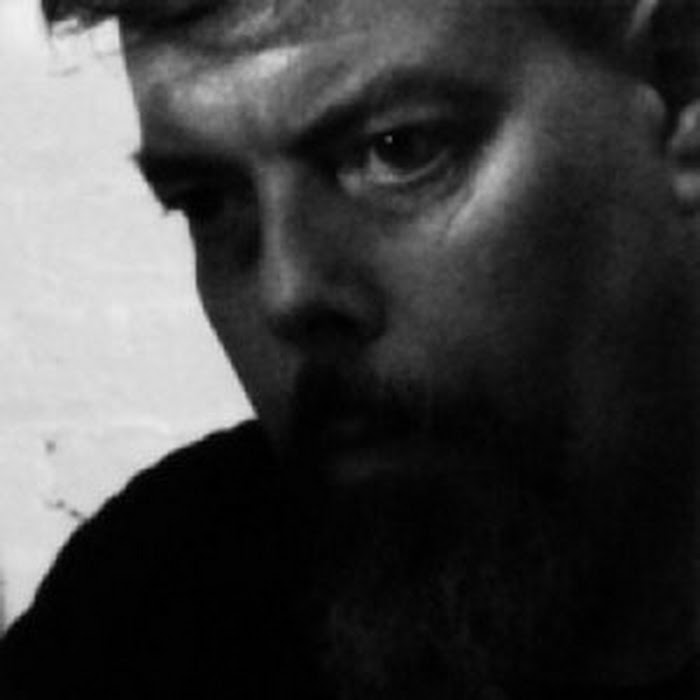
R.I.P. Richard Lainhart – February 14, 1953
December 30, 2011

exovo
Sadly, on December, 30th 2011, electronic music composer, filmmaker, and sound engineer Richard Lainhart passed away. I learned about Richards work, especially White Night, because we both were part on the great compilation I, Mute Hummings by the ExOvo label. And later Lainhart released the full length White Night album, which is a beautiful droning electronic piece of music, with some historic background (recorded 1974).
The Cranes Fly West was released 2010 to his appearance on the legendary Schiphorst Avantgarde Festival and consist droning soundscapes with some light field recordings and piano music. We already post it here.
If you want to dig deeper into his work start here - you can download the ExOvo catalogue on Name your Price base. It's really recommended for drone lovers!
Rest in Peace!
I guess after 12+ years my Bandcamp API key got revoked...
I guess after 12+ years my Bandcamp API key got revoked...

Write a comment, say something!